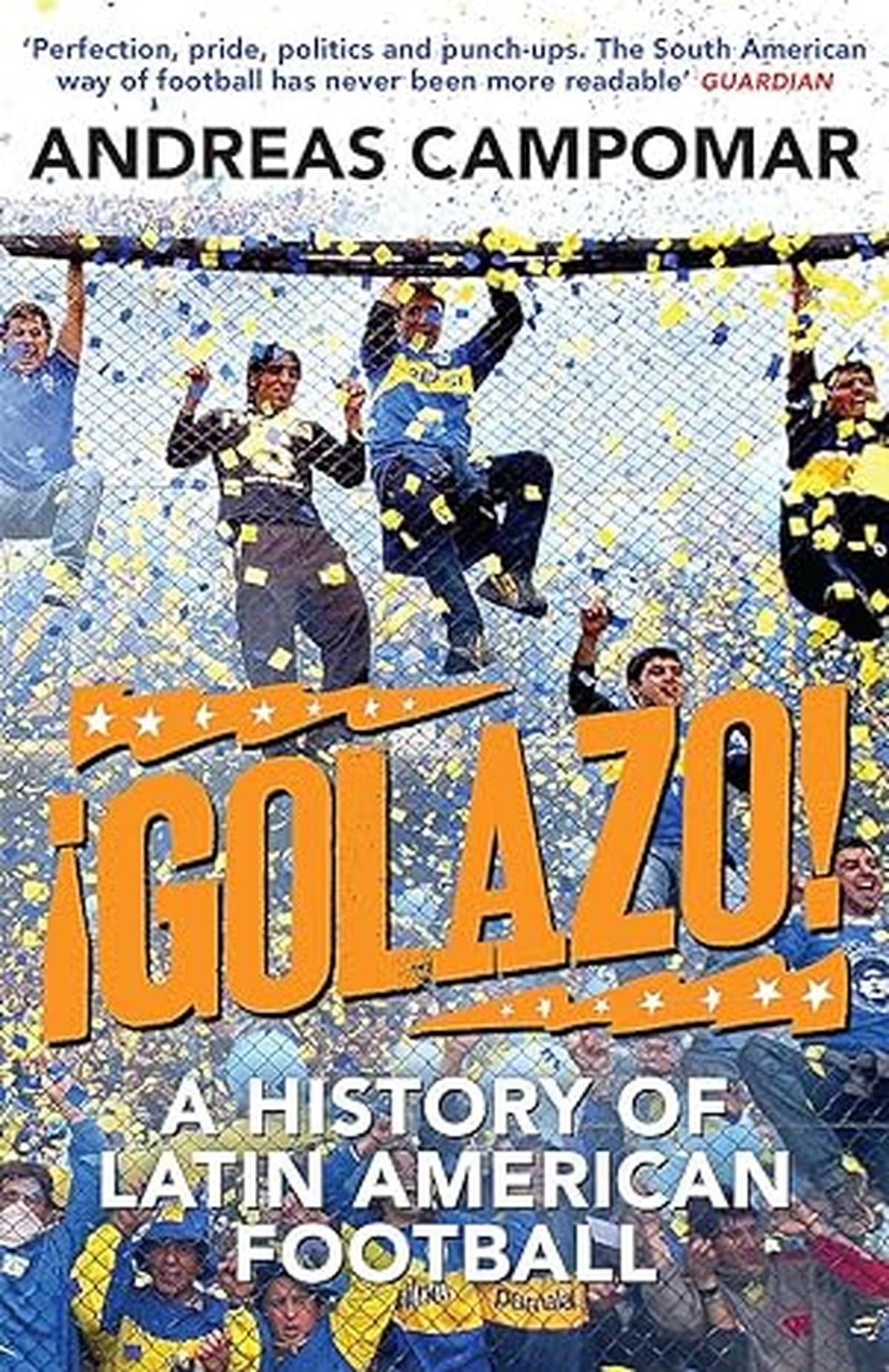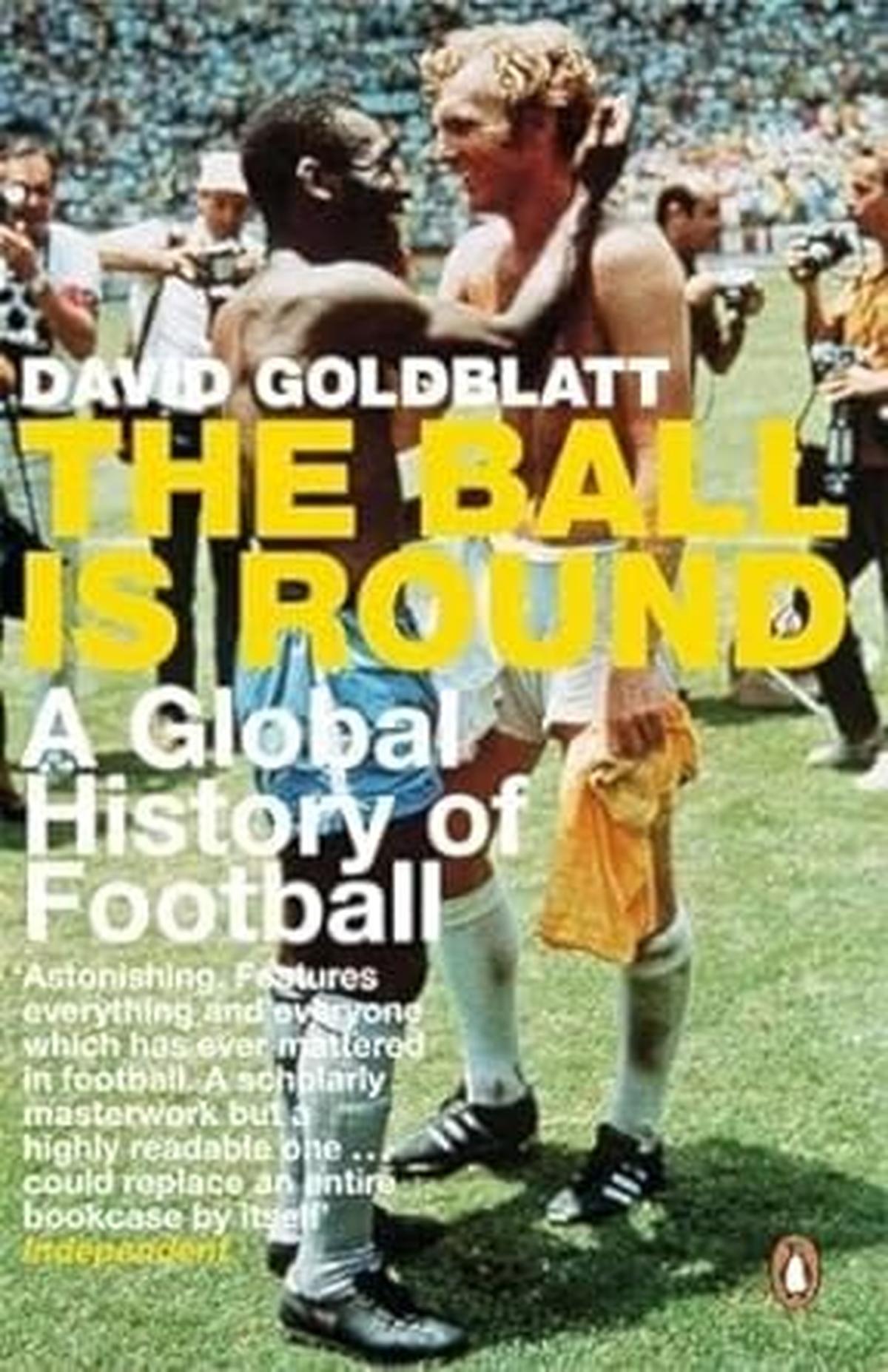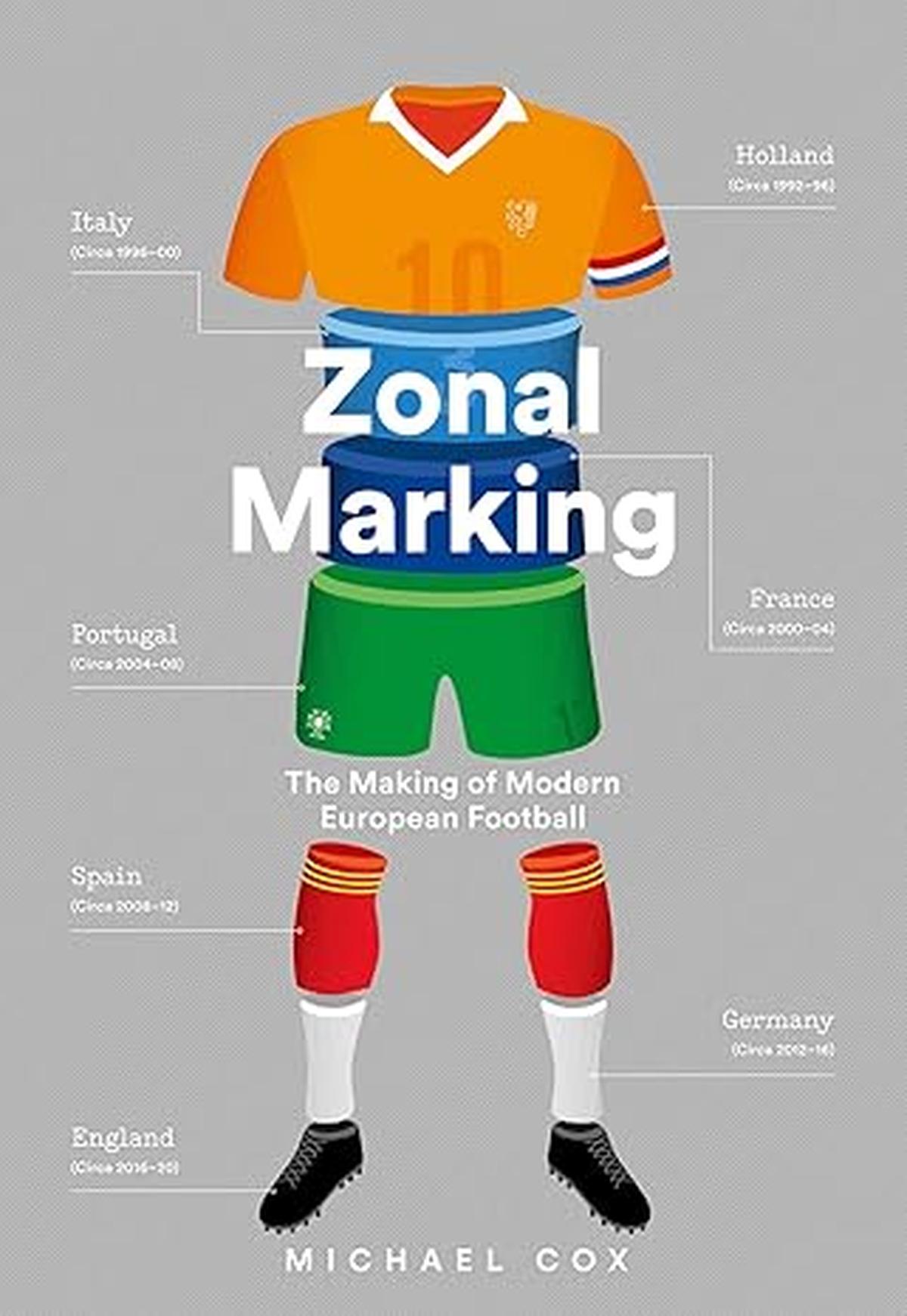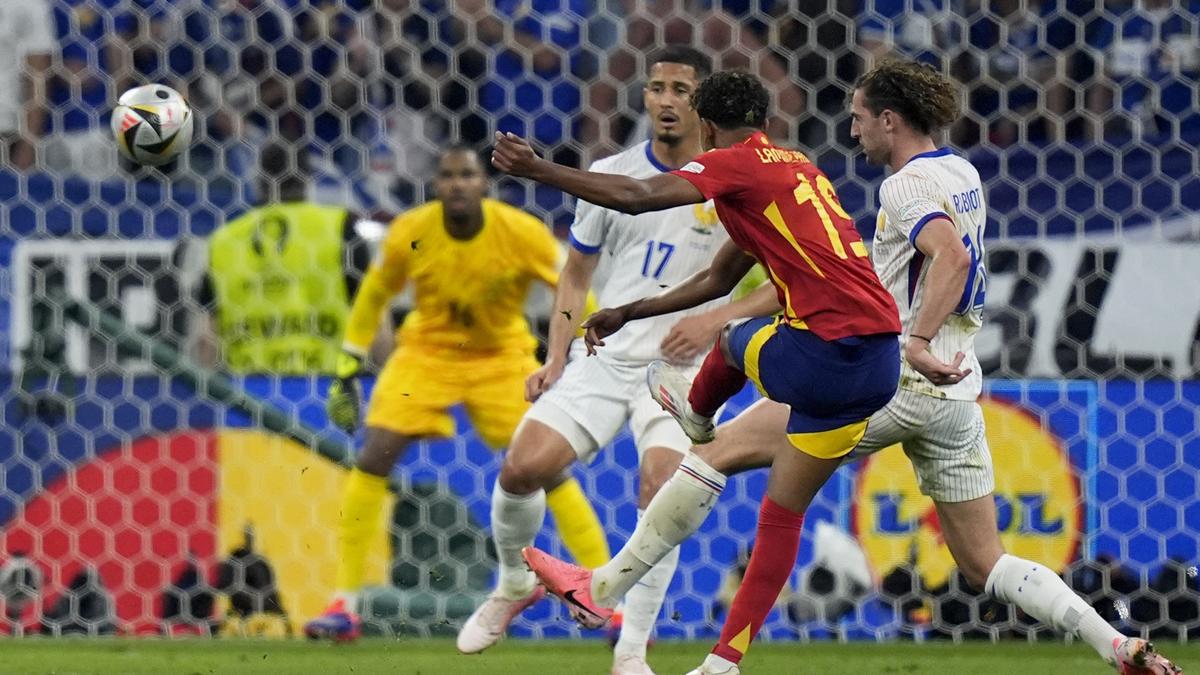The footballing universe is conveniently split into two strands. On one side is the glitz, glamour and the magic associated with Latin and South American football, and on the other is the geeky and bookish domain of European football. And every four years these two worlds come together at the FIFA World Cup, and fans and pundits decipher and judge which of the two is stronger.
In the leap year — like 2024 — these two find concurrent prominence with their respective continental championships on at the same time. While Lionel Messi & Co. dazzle at the Copa America, the tournament for the Americas (North and South), Kylian Mbappe and the likes of 16-year-old Lamine Yamal (Spain) are busy uplifting the Euros, the event for European nations. Aficionados marvel at the genius of American stars while keeping a beady eye on the latest tactical trends emerging from Italy, Germany and The Netherlands.
Ties that bind
The books written, at least of the popular variety, largely mimic this dichotomy. There are sweeping histories of football in the Latin and South Americas, and also about individual countries, with the underlying themes being society and politics, and the place of football in this. In contrast, books on the European game do provide a window to the world beyond the pitch, but there always seems to be an attempt to create a totem pole of contributions and thus form a hierarchy.

Could it be because Europe, a continent replete with nations that colonised the world, saw football as an instrument of establishing supremacy while for the oppressed nations of the Americas it was a tool of self expression? Andreas Campomar certainly thinks so. The Uruguayan author, in ¡Golazo!: A History of Latin American Football, shows how football that started as a pastime of a few expats became a national identity.
“Football had long become our bond,” Campomar wrote in The Guardian in 2015. “It was the language we spoke together. We loved the flashier aspects of the game: the bicycle kick, the deft back-heel and the art of dribbling. (Our defenders had to have the gall to dribble in their own penalty area, even if it ended in failure.) We wanted guile and skill to trump Anglo-Saxon notions of tenacity and courage”
”Of course this was rather a colonial position to take, but I recognised it was one of the few ways that we, as South Americans, could still compete. Every four years the World Cup allowed Latin America to be remembered for its excellence. The continent’s soul was reflected in her football.”
A way of life
Christopher Hylland’s Tears at La Bombonera: Stories from a Six-Year Sojourn in South America takes a similar line though it is not a treatise but more of a chronicle. Jonathan Wilson’s Angels with Dirty Faces, the history of Argentinian football, Alex Bellos’ Futebol: the Brazilian Way of Life and David Goldblatt’s Futebol Nation are compelling accounts which add to the genre.
It is not that Europe doesn’t tell similar football stories in an engaging manner. David Winner’s Brilliant Orange: The Neurotic Genius of Dutch Football and Phil Ball’s Morbo: The Story of Spanish Football are stellar works. The complicated relationship regions like Catalonia and Basque Country share with the Spanish national team are very well documented by Ball. Similarly, books about the sport during the time of the Nazis in Germany and the Fascists in Italy have seen the light of day. But they are more about how the identity of each country shaped the game rather than the other way round.

Interestingly, books that have a global bandwidth seem to tell European football stories rather well. Four books headline this list — Football in Sun and Shadow by Eduardo Galeano, Football Against the Enemy by Simon Kuper, The Ball is Round by Goldblatt and Inverting the Pyramid by Wilson. Galeano’s effort “celebrates the glory of the game” through anecdotes, stories surrounding the origins of the game and different World Cups, and fleeting sketches of individual footballers. Kuper travels to more than 20 countries across the world to find out about the role of football in shaping them. Goldblatt’s is a comprehensive history of the sport, which has acquired the status of a gold standard against which every other work will be measured. Wilson’s is a history of tactics, a continuously evolving subject.
Club culture
The present era of football is driven by clubs. The franchises are where new ideas and ways of playing are taking shape. There used to be a time, like Wilson wrote in The Guardian in 2010, wherein “the World Cup served almost as a conference at which delegates arrived from all round the world and exchanged ideas.”

But now, international football lags behind club football, and Europe is the epicentre of this shift. Michael Cox’s Zonal Marking: The Making of Modern European Football offers a fascinating assessment of these tactical developments. Rory Smith’s recent work, Expected Goals: The Story of How Data Conquered Football and Changed the Game Forever is another one for footballing nerds, in line with the perceived studiousness of Europe vis-a-vis the Latin and South Americas.












